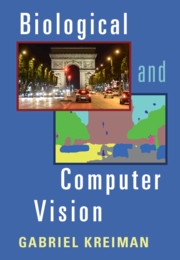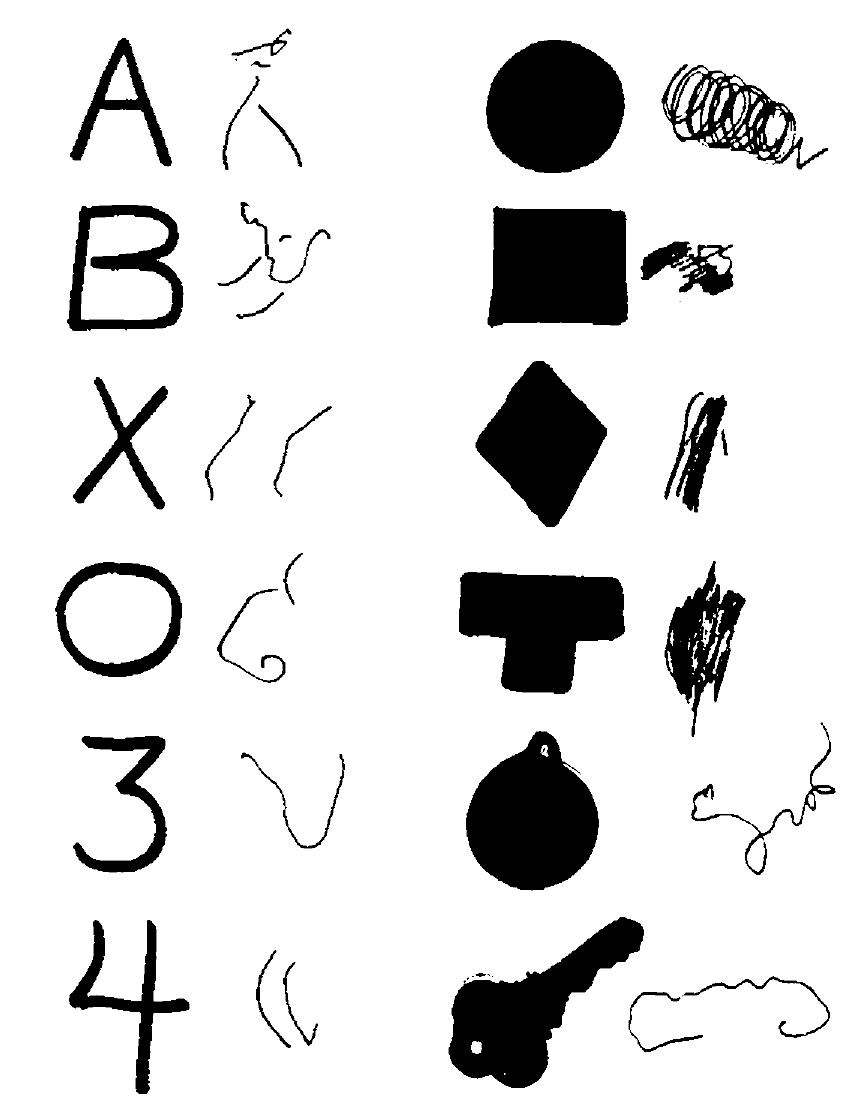Biological and Computer Vision

Gabriel Kreiman
Cambridge University Press. 2021. ISBN 9781108649995
Additional Materials
Chapter 4: Creating and altering visual percepts through lesions and electrical stimulation
To figure out how brains work, fundamental cues can be derived from scrutinizing the consequences of lesions that inactivate specific subcircuits. In non-human animals, scientists use a rich set of precise tools such as optogenetics to selectively and reversibly silence neuronal activity. In humans, scientists study the effect of neurological lesions. Complete damage to the primary visual cortex (V1) results in blindness, and localized V1 lesions are associated with circumscribed scotomas. The location and extent of these scotomas within the visual field can be topographically mapped to the lesion location. The visual cortex beyond V1 is conceptually subdivided into two streams. Along the dorsal side, the 'where' pathway is associated with object movement, localization, and stereo perception. The 'what' pathway, along the ventral side, is associated with the perception of colors and shape. In addition to inactivating brain areas, it is also possible to selectively enhance activity in specific neurons or subcircuits. Stimulating V1 leads to the perception of brief light flashes that are localized in the visual field consistently with the topography of the cortex and the results from lesion studies. Inactivating and enhancing neural activity has opened the doors to investigate the mechanisms responsible for vision.




